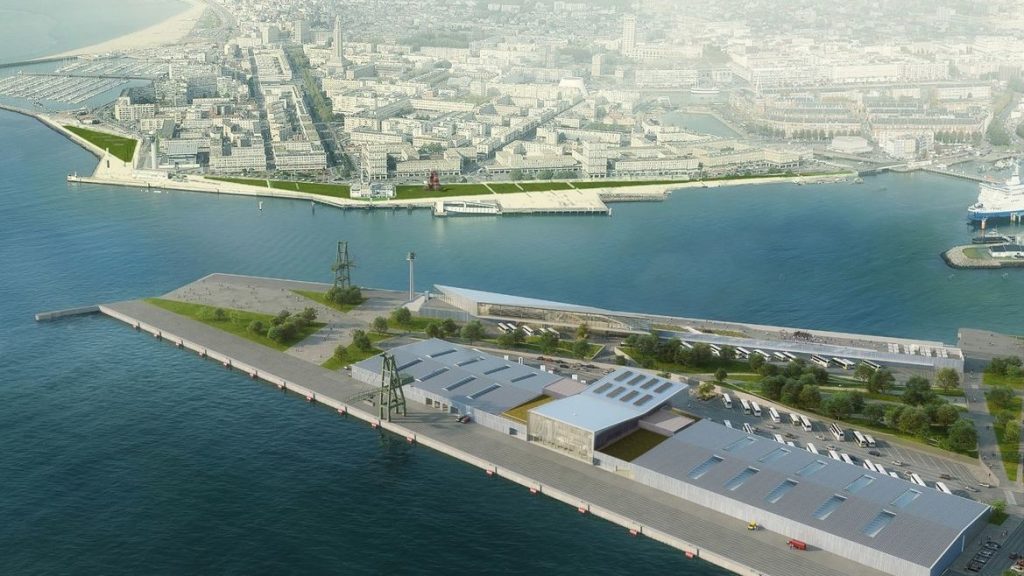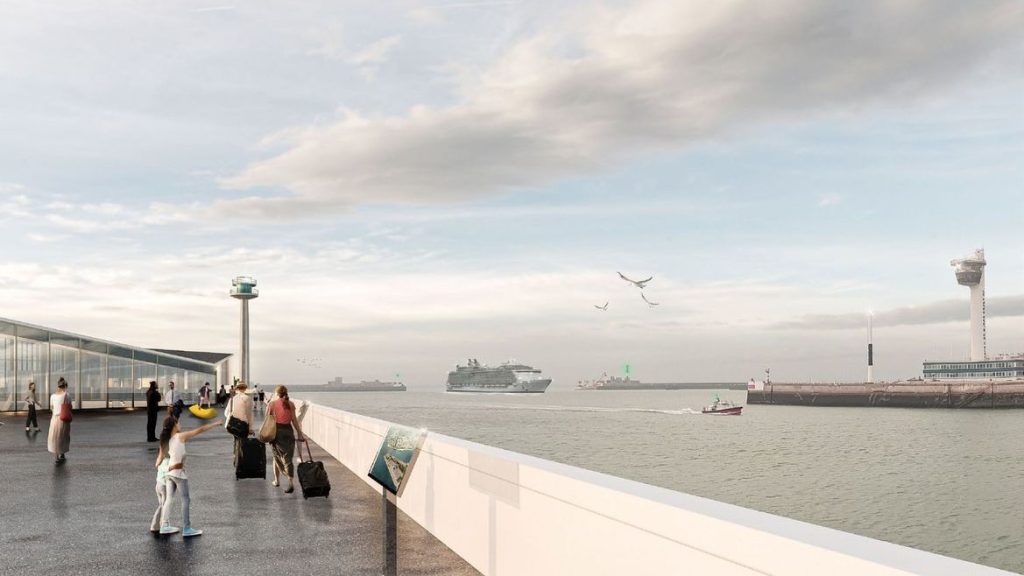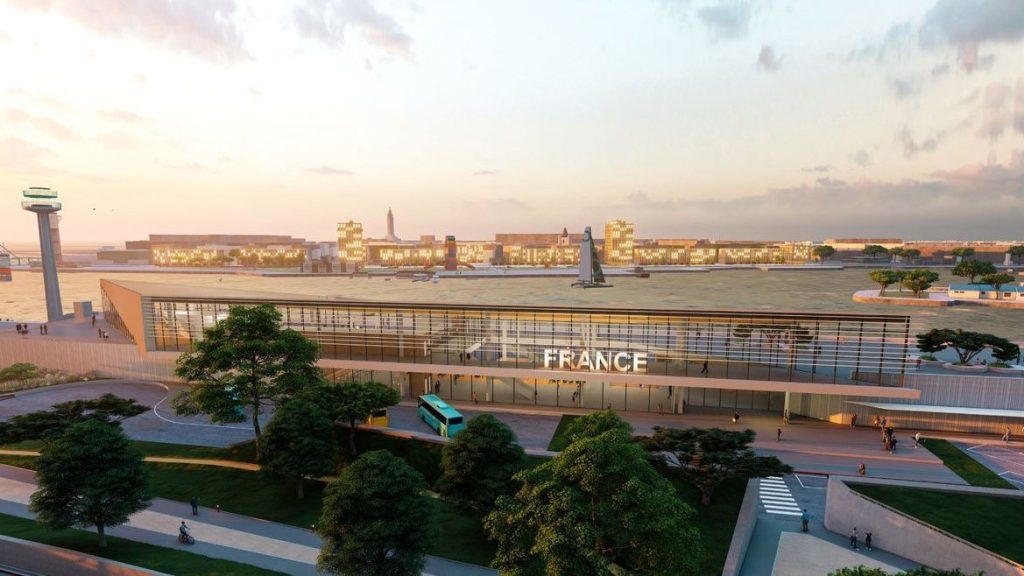The French city of Le Havre has announced plans to build three new cruise terminals by 2025. In addition to welcoming cruise passengers, the site will also serve as a new home for the city’s residents.

For years, La pointe de Floride in Le Havre was the departure point for transatlantic crossings. Now, about 350,000 to 400,000 cruise passengers come ashore here every year to visit the city, the beaches of Normandy or Paris.
From 2023, the industrial site, over an area of 9 hectares, will be transformed and made more accessible to give residents and visitors the opportunity to rediscover the area. A new esplanade will be constructed that will also accommodate sports facilities or temporary cultural events. At the heart of the site, the public space will be arranged in the form of a large 320-metre-long vegetated avenue that will extend between the future cruise terminals.

In order to significantly improve service to cruise passengers in the future, the port expects to welcome at least 600,000 annual passengers by 2030, three new cruise terminals are being built. Together, the three terminals will cover an area of 15,000 m². With the new terminals, the port will be able to smoothly and comfortably accommodate three ships at the same time, with a total capacity of 13,500 passengers per day.
Energy efficient and CO2 neutral
For this major development project, Le Havre Seine Métropole and HAROPA PORT, with the support of the Normandy region, have made ambitious environmental choices in which energy efficiency and carbon neutrality are priorities.

All quays intended for cruise ships will be electrified before the end of 2025 to allow the connection of ships. 10 MW of electrical power will be supplied per quay, which will make it possible to avoid 100 tons of CO2 and 2 tons of other polluting emissions during the 12 hours that a ship is docked at the quay.
The cruise terminals are designed to welcome cruise passengers in environmentally friendly conditions. The new buildings will be energy positive thanks to the addition of a large photovoltaic roof and austere operating conditions. The construction processes used will be low-carbon. For example, the project includes a target of 10% transport of materials by river in order to reduce the use of road transport.
While the preparatory marine work has already started, work on the cruise terminals will start in the autumn of 2023. The delivery of terminals 2 and 3 is planned for early 2025, terminal 1 in the autumn of 2025. The entire project will cost around 99 million euros.